Inside: Use this to help our students honor, celebrate and acknowledge Indigenous Peoples’ Day with kindness and respect.
When I grew up, we learned all about The Nina, The Pinta, and The Santa Maria. We learned about the ‘great’ discovery of Christopher Columbus and we loved having a day off from school every October.
As an adult, we learned it was quite–ahem–inaccurate. He didn’t discover the Americas and the violence of his expedition was never taught.
Luckily, many cities and states are instead recognizing Indigenous Peoples’ Day and Columbus can fade into irrelevance and one day become a footnote in a history book.
Related: Why We Should Celebrate Indigenous Peoples’ Day instead of Columbus Day
But since Indigenous Peoples’ Day is a relatively new concept for many of us, it can be confusing to know how best to teach, acknowledge, and respect it.
We can be culturally insensitive without even realizing it, because we weren’t taught how to not be culturally insensitive to the native people: we gave ‘Indian burns’ as kids and one of the worst things you could have been was an ‘Indian Giver’ but you were also encouraged to sit ‘Indian style.’ Ugh.
But now that we know better we can do better. And we can teach our kids to do better.
This day is a small but meaningful way to say: we see you, we celebrate you and your culture, and we honor the past and what was taken from you.
And so for this Indigenous Peoples’ Day, we’ve got a resource to help you do that with your students/kids.
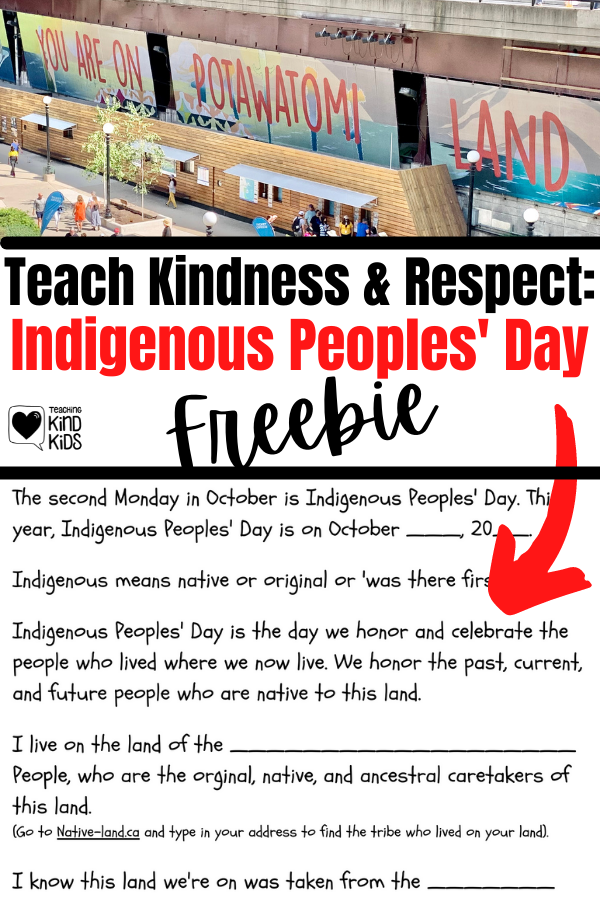
How to Use the Honoring Indigenous Peoples’ Day Resource:
Indigenous Peoples’ Day is the second Monday of October each year, which is still recognized as Columbus Day in many states.
If your state requires you to teach about Columbus Day, you can also teach about Indigenous Peoples’ Day. If your state doesn’t require you to teach about Columbus, you can focus on the native people of your area.
And you can use this kindness resource to teach about Indigenous Peoples’ Day in a respectful way (download it below).
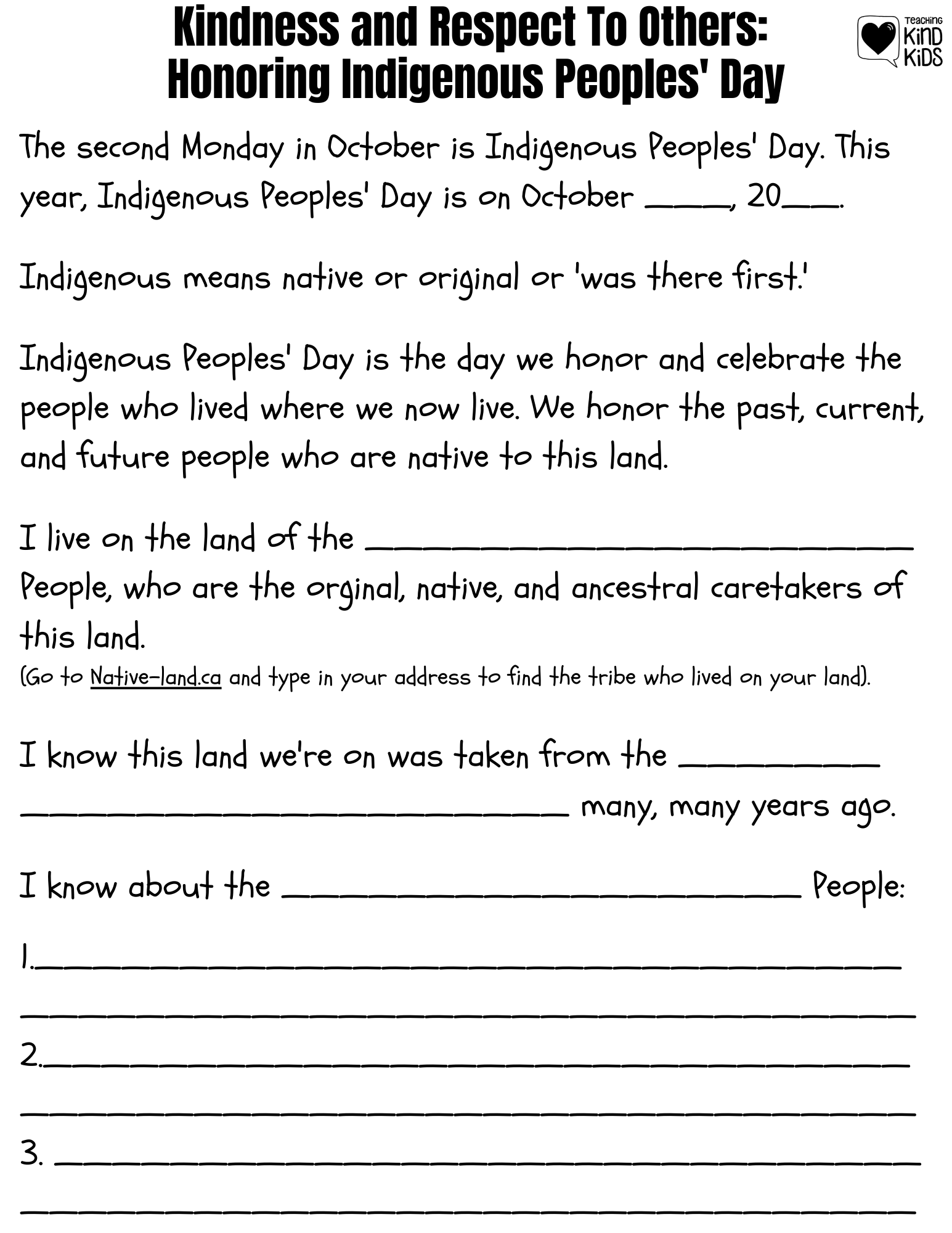
Explain to your students what “indigenous” means. Indigenous means native, original, or “was there first.”
Then find the name of the tribe on whose land you currently live on. Go to Native-land.ca and type in your school/home address to find the tribe who originally lived on your land.
I grew up on Chumash land in California, but currently live outside of Chicago, so we now live on Potawatomi land (which is proudly and clearly displayed on the Riverwalk in downtown Chicago.)
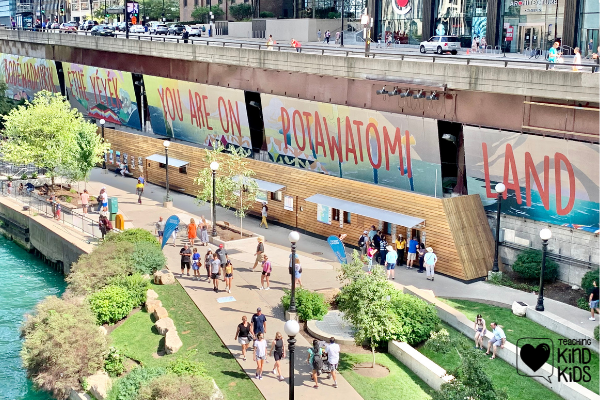
Recognizing that land was taken from a tribe of people who were here before us/settlers/Europeans is an important part of a “Land Acknowledgement.” This land is part of who they are as a tribe of people. And we can explain to kids that the land was taken away and given to settlers while the native people were sent away from their land with no compensation and no explanation.
Depending on the age of your students you can also learn about Indian reservations, smallpox, the Trail of Tears, the principle of Manifest Destiny and how it harmed every native person, why natives were called ‘Indians’, and other relevant topics.
Either individually, in small groups, or as a whole group, learn about the tribe and fill in this resource. Students can do their own research or you can research as a group. Let students share what they learned with the group.

To follow up and make this more impactful, reach out to local native organizations and invite a guest speaker to share their tribe’s culture and history with you or to point you to resources that would best represent their tribe.
Ask them how you can honor and respect their tribe and culture best since all indigenous tribes are different.
And read stories/books about your local tribe to make further connections. You can also read about stories from other tribes like this one:
Giving Thanks: A Native American Good Morning Message
To the Potawatomi Nation whose land I live on: I honor you by teaching my children about you and by helping other educators and parents teach their children about your Indigenous sisters/brothers/neighbors.
Download the Honoring Indigenous Peoples’ Day Resource here

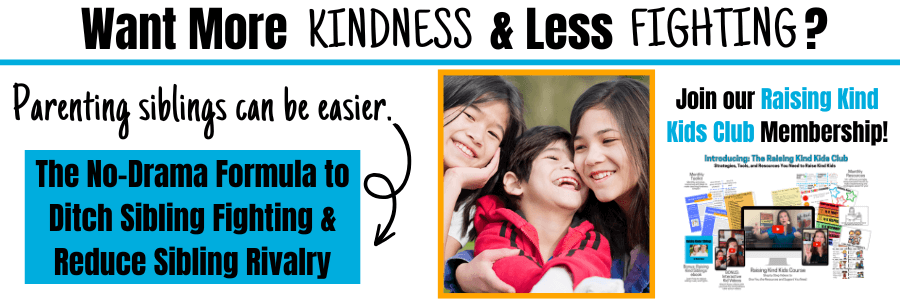
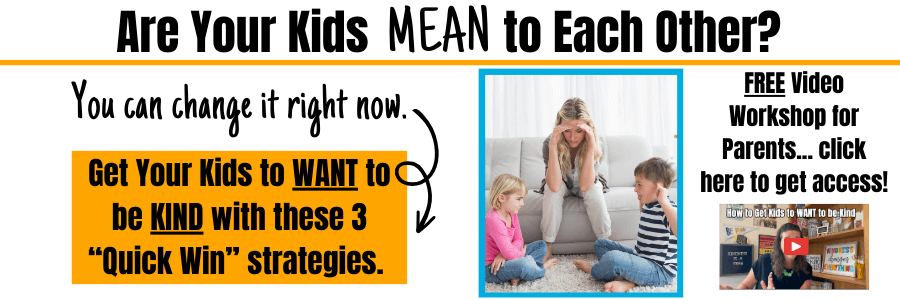


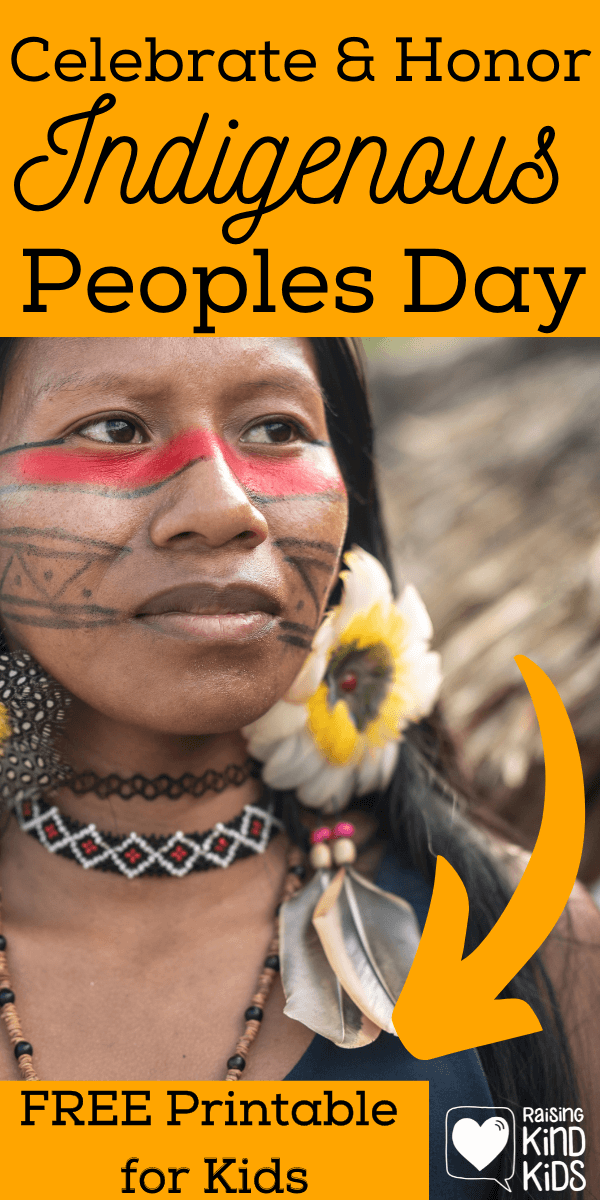



Leave a Reply